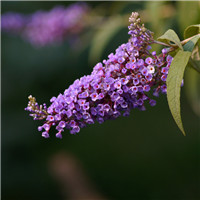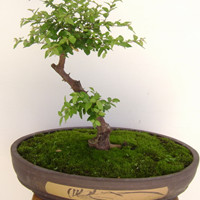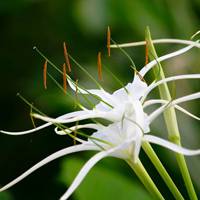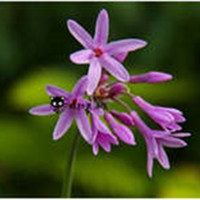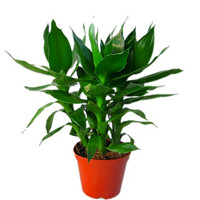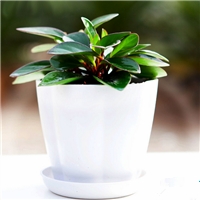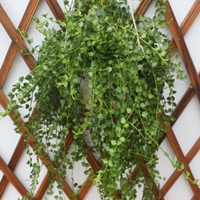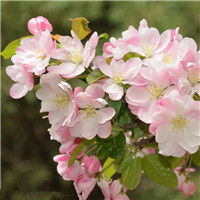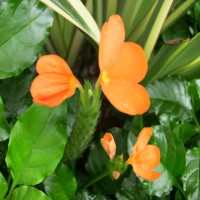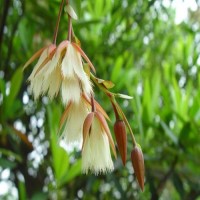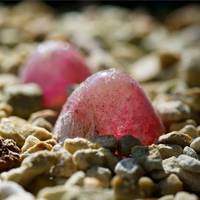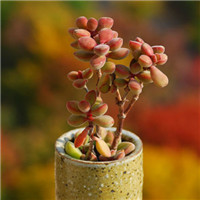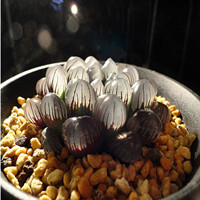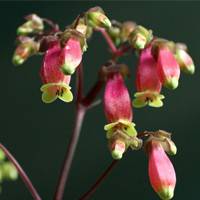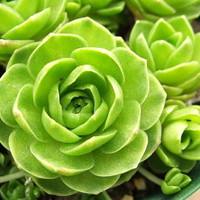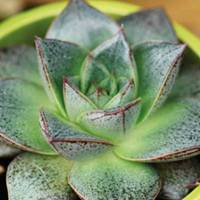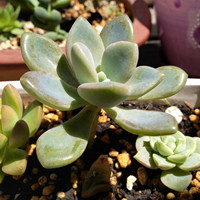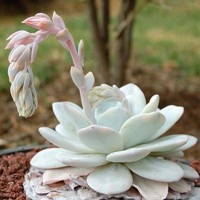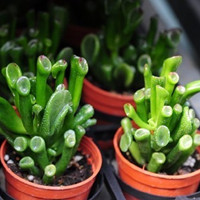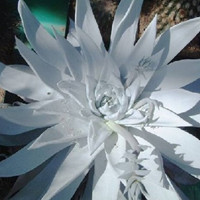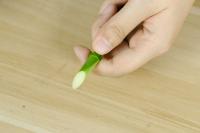How many hours of light should a pot plant have?
Growing a healthy and thriving pot plant requires attention to several factors, including water, nutrients, and light. Light is one of the most crucial components in the growth of plants, as it provides energy for photosynthesis, the process by which plants make their own food. However, not all plants require the same amount of light, and the optimal amount of light for a pot plant depends on several factors, including the type of plant, the stage of growth, and the environment in which it is grown.
The importance of light for pot plants
Light is essential for the growth of pot plants as it provides the energy needed for photosynthesis. During photosynthesis, plants use light energy to convert carbon dioxide and water from the air and soil into sugars and oxygen. The sugars produced during this process are used for growth and other metabolic processes within the plant.
Light also plays a crucial role in regulating the plant's circadian rhythm, or internal clock, and can influence flowering and fruiting. Without adequate light, plants may become stunted, develop weak stems, and exhibit chlorosis, a condition where the leaves turn yellow or white due to a lack of chlorophyll.
Factors that determine the optimal hours of light for a pot plant
The optimal hours of light for a pot plant depend on several factors, including the type of plant, the stage of growth, and the environment in which it is grown. Most indoor pot plants require at least six to eight hours of sunlight or artificial light per day, while some plants, such as succulents, may require up to 12 hours of light per day.
The stage of growth also influences the amount of light a plant needs. During the vegetative stage, plants require more light as they are actively growing and developing new leaves and branches. In contrast, during the flowering stage, plants require less light as they focus on producing flowers and fruits.
The environment in which the plant is grown can also affect the hours of light it needs. Plants grown in a sunny location may require fewer hours of artificial light, while those grown in shady areas may require more. Additionally, the intensity of light, measured in lumens or lux, can also impact the amount of light a plant needs.
Types of light for pot plants
When it comes to supplying light to pot plants, there are several options to choose from, including sunlight, fluorescent lights, grow lights, and LED lights. Sunlight is the most natural and affordable source of light, but it may not provide the optimal amount of light throughout the day, especially during the winter months.
Fluorescent lights are an affordable and energy-efficient option for indoor growing, but they may not provide enough intensity for some plants. Grow lights, also known as high-intensity discharge (HID) lights, emit a broad spectrum of light and can mimic the intensity of the sun. However, they can be expensive and require specific equipment to use.
LED lights are a more recent addition to the market and are known for their energy efficiency and versatility. They can be programmed to emit specific wavelengths of light, which can be tailored to the specific needs of the plant. However, they can also be expensive and may require multiple units to effectively cover a growing area.
Conclusion
In conclusion, light is a vital component in the growth of pot plants, providing energy for photosynthesis and regulating the plant's circadian rhythm. The optimal hours of light for a pot plant depend on several factors, including the type of plant, the stage of growth, and the environment in which it is grown. Whether you choose sunlight, fluorescent lights, grow lights, or LED lights, be sure to supply your plant with the appropriate amount of light for it to thrive.

 how many times do yo...
how many times do yo...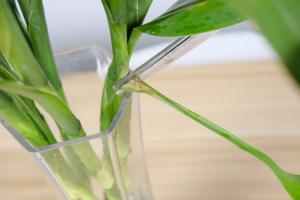 how many planted tre...
how many planted tre...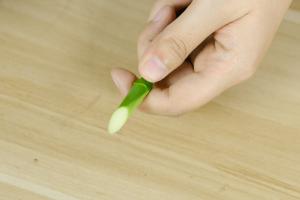 how many pine trees ...
how many pine trees ... how many pecan trees...
how many pecan trees... how many plants comp...
how many plants comp...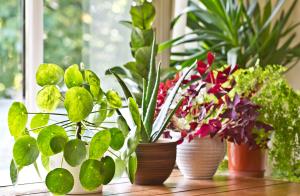 how many plants can ...
how many plants can ...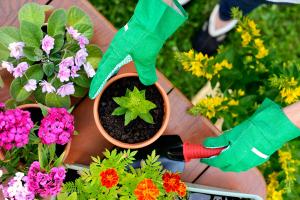 how many plants and ...
how many plants and ...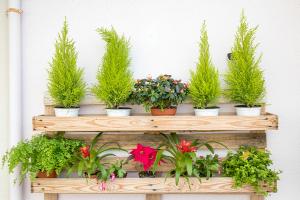 how many pepper plan...
how many pepper plan...